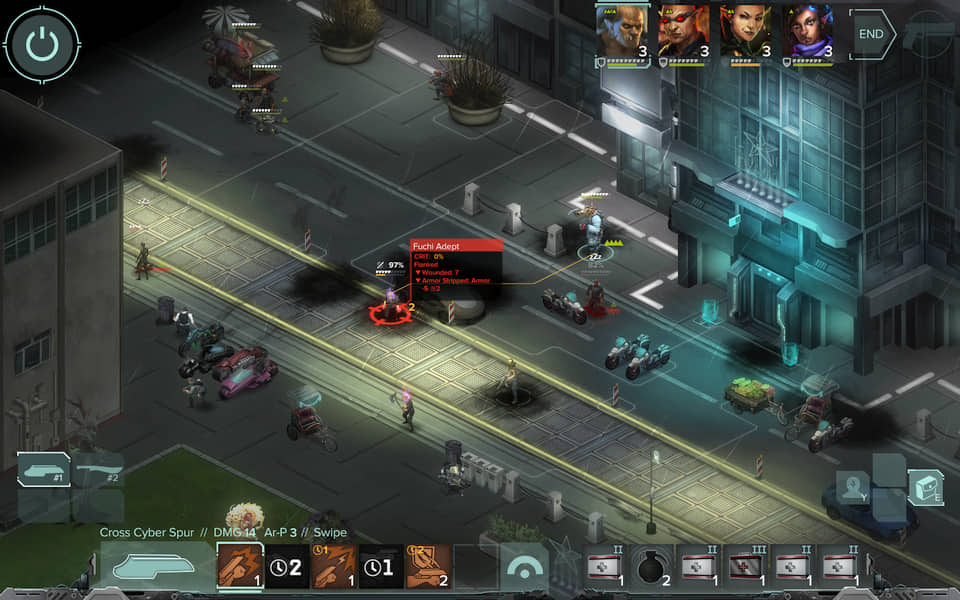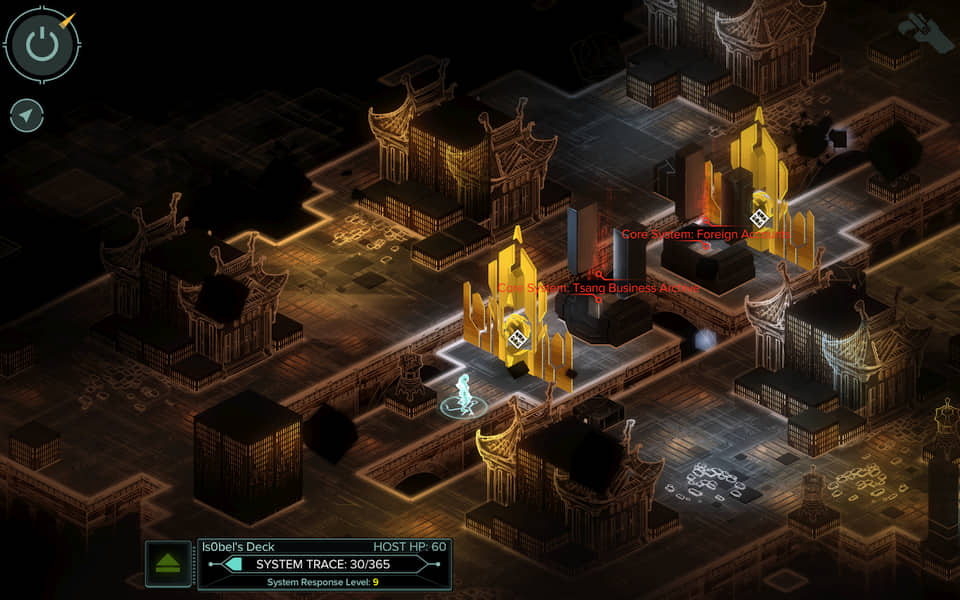Shadowrun: Hong Kong
Wow. My backlog of games grows by the month, and I'm not even playing anything! I guess I'll have to dive back into this hobby someday. It might as well be today. Shadowrun: Hong Kong is the third installment of the Kickstarter Shadowrun series. As suggested by the title, this game takes place in Hong Kong, but in an alternate future.

After getting out of a corporate prison, you get a message from your adoptive father, telling you to go to Hong Kong. He didn't say why, but you go anyway. Things go down as soon as you arrive, as you and some friends are hunted down by the police. They know of one person who can help them: a Triad lord. She agrees to help, in exchange for employment.
The place you operate from is in the shadow of the Kowloon Walled City. In reality, the Kowloon Walled City was torn down in 1994. In this futuristic timeline, a local megacorporation built a low income housing project on the same site in the 2030s, and called it the same name as the old slum. However, this new place was just as bad (if not worse) than the original. In addition, locals and others nearby are constantly tortured by horrible nightmares. Everyone has seemed to accept it, but since you're a foreigner, you wonder why, especially since you start getting them as soon as you arrive.
Gameplay is the usual turn based affair of the other two. You've got the usual gunners, swordsman, demolitions, mages, shamans, riggers (drone operators), and deckers ("hackers"). (Did I get them all?) During combat, the percentage to hit is mostly accurate, aside from the times I've missed a 60% hit three times.
Money feels a bit scarce in this installment. You will have to choose how to spend your money wisely. Fortunately, you don't have to hire any mercenaries, as the team seemed to cover enough roles without resorting to outside help. Your team can expand by two throughout the course of the campaign.
I've played through as a soldier, like I have for the previous two games in the series. In addition, I went through again with a melee build with lots of cyberware, transforming my character into some sort of cyborg Wolverine. It helps to min max skills as much as possible, but it's also fun to put a bit into Charisma (and others) to access cool dialog options. It's sweet to complete a run without entering combat or killing anyone (as if that's a goal).
Like Dragonfall, the UI is even more refined, though I'm not sure if I like the changes to the skill selection. Most of it has stayed the same.
The graphics are still a bit simplistic, but it's not a big deal, but animations can look a little stiff at times. The painted character portraits add depth to characters. Being set in a different location, the art style has changed. Although the game takes place while a hurricane is offshore (raining constantly), the game has some saturated colors. Bright red and gold accents fill wealthy locations, and any kind of marketplace is awash with a multitude of fruity colors.

Matrix gameplay has changed substantially, in that you can't simply run around. Watchers patrol along predefined routes, scanning for intruders, and they always are in the way. Careful navigation is required to avoid them. It's kind of like navigating a minefield where the mines move constantly, and the consequences are slightly less lethal. There are also Blockers, which wall off valuable data stores and functional controls. Hacking them invokes a minigame that involves repeating a given sequence of numbers, then guessing which password is the real one by randomly revealed symbols.
Although the story doesn't have many branching paths, it's intriguing. I've already played this through twice! There is only one ending, but the epilogue campaign has two. Now if only Todd Howard could write characters this deep and stories this good.